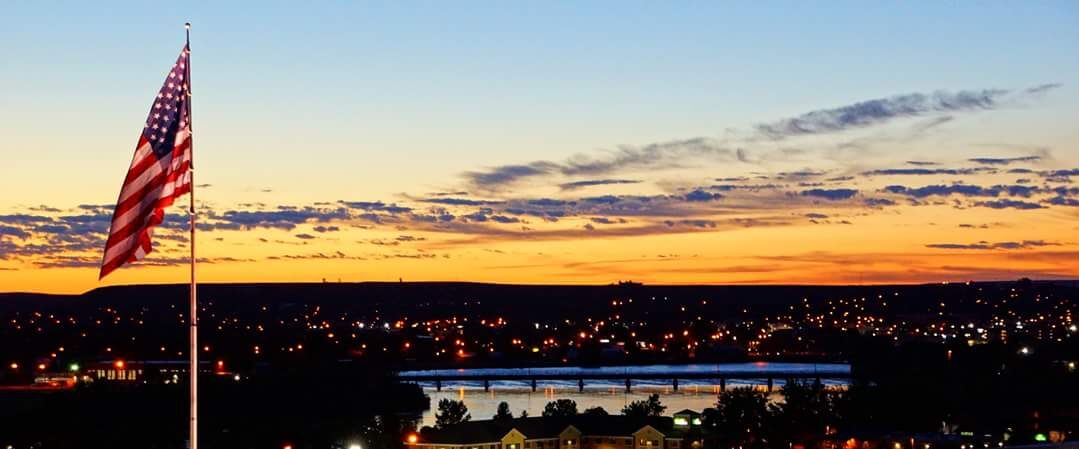Is The School District Monkeying Around With Zoning? On Monday, June 18, 2018, the Great Falls Board of Adjustment/Appeals will hold a Special meeting at the Civic Center Commission chambers at 3:00 PM. The purpose of a public hearing is to consider a request from the Great Falls Public School District to exempt them from…
Great Falls Public Schools Deforestation Plan For Great Falls High School
GFPS Superintendent Tammy Lacey and her band of merry fools are at it again. The photo shows the dead corpses of more than twenty 70 to 80 year old trees at the historic Great Falls High School Campus. According to Lacey, 73 mature trees, 50 more, will be cut down for fire wood. That should…
Prairie Childhood, A Memoir By Anna M. Nickol – Chapter One
Editors note: We hope you enjoy this story by Anna M. Nickol (1909-2005) about her family’s homestead in Toole County, MT. E-City Beat will publish the story a chapter at a time as they become available from Anna’s nephew Greg Nickol as he transcribes from the original book publication. Prairie Childhood, a Memoir by Anna M. Nickol…
Great Falls Suicide Survivor Speaks Out
Editors note: for obvious reasons, E-City Beat is respecting the writers request for anonymity. Suicide has no face because it is the face of everyone; I am one of those faces, I just happened to survive but I wasn’t supposed to. Suicide lives in the minds of those with radiant smiles and intoxicating laughs, in…
Great Falls: One Young Person’s View, Part 3
Read Part 1 here. Read Part 2 here. Recently, my wife and I have been looking into a potential job opportunity in Helena. While I haven’t been interviewed yet, it has given us the opportunity to explore what moving back to Montana would look like. We have visited Kalispell, which has grown to be massive…
Great Falls: One Young Person’s View, Part 2
Read Part 1 here. When I graduated high school in 2015, I left Great Falls for the Army National Guard, and spent a year in South Carolina, Georgia, and Virginia, before coming back to Montana in 2016. In 2016, I spent a year driving school buses with Big Sky Bus Lines and trying to figure…
Bad Advice: A Fall From Grace
Editor’s note: this is for Serena Chrystie Roberson to brighten your day. Note to Readers: This is a satirical story and any reference to characters, living, or dead is purely coincidental. The story begins in the early years,1347, in the Duchy of Grand Fallwick, a small monarchy located close to the border shared by France…
Great Falls: One Young Person’s View, Part 1
I know many of us have been there when we were young: I can’t wait to leave my hometown! I remember being a young teenager thinking that Great Falls was boring. However, when I turned sixteen, I discovered hunting and fishing—or generally speaking: the outdoors. Suddenly, Great Falls wasn’t so bad. I remember the best…
A Great Falls To Bozeman Eye-Opener
Last week I took a trip to Bozeman, MT and spent a couple of days in the area. Wow, talk about an eye-opening experience! I hadn’t been there in a good many years and I assumed it was pretty much the same Bozeman I knew from back in the day and have since heard about:…
Candidate Profile: Michael K. Cooper Sr. (R) HD 26
Editor’s note: This is another in our series of profiles for local legislative candidates. Each state House and Senate candidate in the Great Falls area was given the opportunity to submit, in their own words, a brief profile outlining why they’re running, what party they represent and why they are the best candidate for the…











